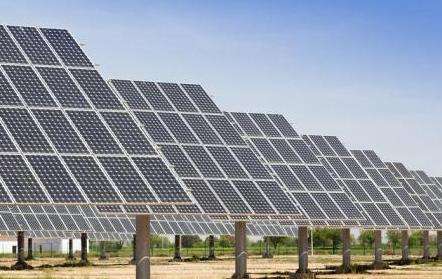First, we need to understand the relationship between voltage and current! When the load remains unchanged, the voltage is twice as high and the current is twice as low! In other words, the requirements for high-voltage cables are half as low.
Generally speaking, it's best to use high voltage for high power! Since low voltage drives high current, the contact requirements are relatively high! And high-power inverters have relatively high voltages.
In terms of efficiency, there is practically no change! It depends on the efficiency of your inverter.
As mentioned above, 24V requires fewer cables, which means the cost will also be lower. It would therefore be better to use 24V! Otherwise, the current is 167A and 24V only requires 83.5A.
A 3㎡ solar panel can generate about 1kkilowatt-hour of electricity per day if it can generate 1,000 kilowatt-hours of electricity. , There are no Three Gorges in China. You can use four 100AH batteries and about 500W inverter to solve your family's lighting problem (Just lighting) No problem. The power of the lamp cannot be greater than the power of the inverter. If you do not use 220V voltage charging, you can directly use 12V energy-saving lamps. Thank you














